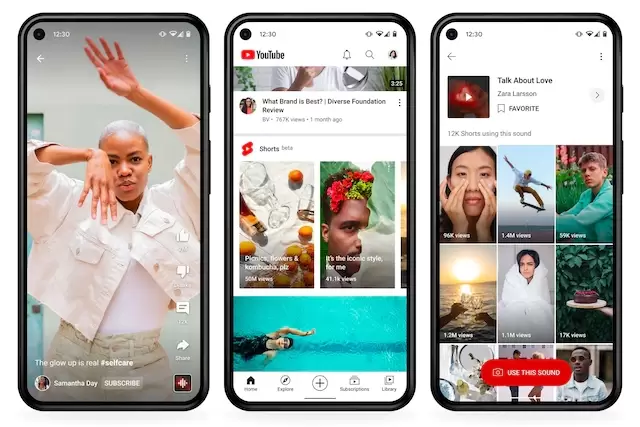So what Exactly is Non-linear Editing?
 Avid has long been considered the industry standard for professional digital video editing. Avid has been a pioneer in the non-linear editing industry since 1989 when the fledgling Massachusetts company introduced the first version of its Media Composer software. Professional editors are so loyal to Avid because the company has worked hard to incorporate the suggestions of working editors into every new version of its Avid software and hardware. The codec, called DNxHD, runs in both the standalone Media Composer software and in the hardware boxes. One new Media Composer tool, called ScriptSync, has already changed the way editors work. A typical Avid editing suite has at least two computer monitors, one which focuses on the bin and another which shows the monitor and timeline. The Media Composer interface is broken down into three basic areas: the bin, the monitor and the timeline. The software provides the user interface through which an editor accesses the tools and system functionality.
Avid has long been considered the industry standard for professional digital video editing. Avid has been a pioneer in the non-linear editing industry since 1989 when the fledgling Massachusetts company introduced the first version of its Media Composer software. Professional editors are so loyal to Avid because the company has worked hard to incorporate the suggestions of working editors into every new version of its Avid software and hardware. The codec, called DNxHD, runs in both the standalone Media Composer software and in the hardware boxes. One new Media Composer tool, called ScriptSync, has already changed the way editors work. A typical Avid editing suite has at least two computer monitors, one which focuses on the bin and another which shows the monitor and timeline. The Media Composer interface is broken down into three basic areas: the bin, the monitor and the timeline. The software provides the user interface through which an editor accesses the tools and system functionality.
Although the Avid interface has a lot in common with other higher end video editing systems -- like Final Cut Pro and Adobe Premiere -- it takes serious training and lots of practice to master the system's hundreds of specialized editing and effects tools. However, this cut-and-splice process was painstakingly slow, greatly limited in transitions and effects and left a lot of room for error. The hardware box (smaller than a standard desktop PC tower) works like an external video card, helping speed up the digitizing process and the rendering process (for creating visual effects and transitions). An editor can lay down separate video tracks for credits and subtitles, animated graphics and special transitions. Then the editor can toggle from take to take and angle to angle to find the best shot for each line of dialogue. The timeline can also handle audio files with different sampling speeds and file types. The hardware not only imports media from these sources, but can export finished video projects back onto tape, DVD, video shorts memory card or any digital file format. What this allows is for editors to edit their projects exactly how they will look in full HD. This new system helps distribute the computing and processing load between the host computer and the hardware box, making the system run more efficiently when processing HD or effects-heavy projects. Article has been created with GSA Content Generator D emoversion .
The main advantage of editing with a non-linear system like Avid is speed and flexibility. Using video editing software like the Avid Media Composer -- or similar products like Final Cut Pro and Adobe Premiere -- the source files can be organized into clips that are pasted onto a timeline. This three-part system has been adopted by pretty much every other video editing software out there, from high-end products like Final Cut Pro to amateur software like Apple iMovie. From Oscar-winning films to reality TV shows, almost everything is edited on an Avid system. For the home user, or a professional filmmaker on a tight budget, it's possible to run a perfectly good Avid system with nothing more than the Media Composer software and a powerful desktop PC or laptop. Avid hardware's role is to make the Media Composer software run faster and for the whole system to run more efficiently. The result is a continuously evolving system. Read on to learn more about the different components of an Avid system and how they work together to make the editing process not only faster, but also more creative.
The bin is where the editor stores all the different project components. In linear editing, the editor decides which source material he wants to use first, second and third. Professional Avid Editors also use a special keyboard that's color-coded to highlight the short-cut keys. Before the editing process can begin, an assistant editor needs to take the script and match each source video clip with its associated lines. Instead, the editor must dub or record each desired video clip onto a master tape. If the new clip is too short, you'll leave the tail end of the old clip on the master. Once the clip has been added, the editor can preview how it looks with the rest of the project in the right-hand screen. Say you're an editor working on a script-based TV drama, like "CSI." For every scene in the show, you might shoot three or four different takes. If it's too long, you'll roll into the next scene.
If you are you looking for more information regarding youtube shorts look at our own page.

Post a Comment for "So what Exactly is Non-linear Editing?"